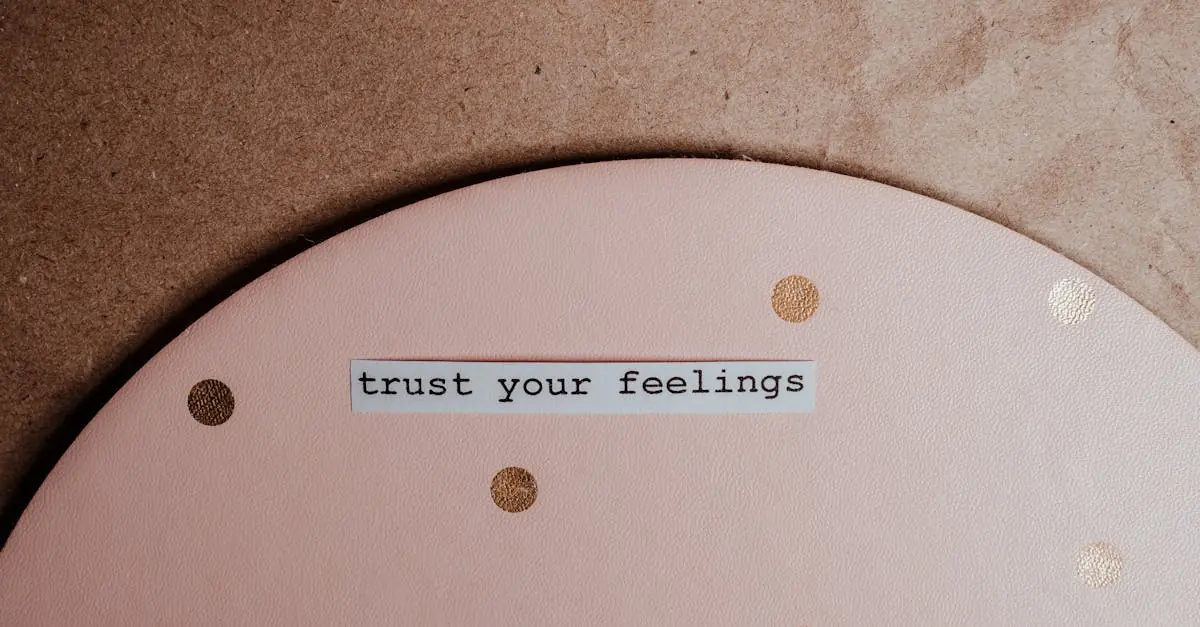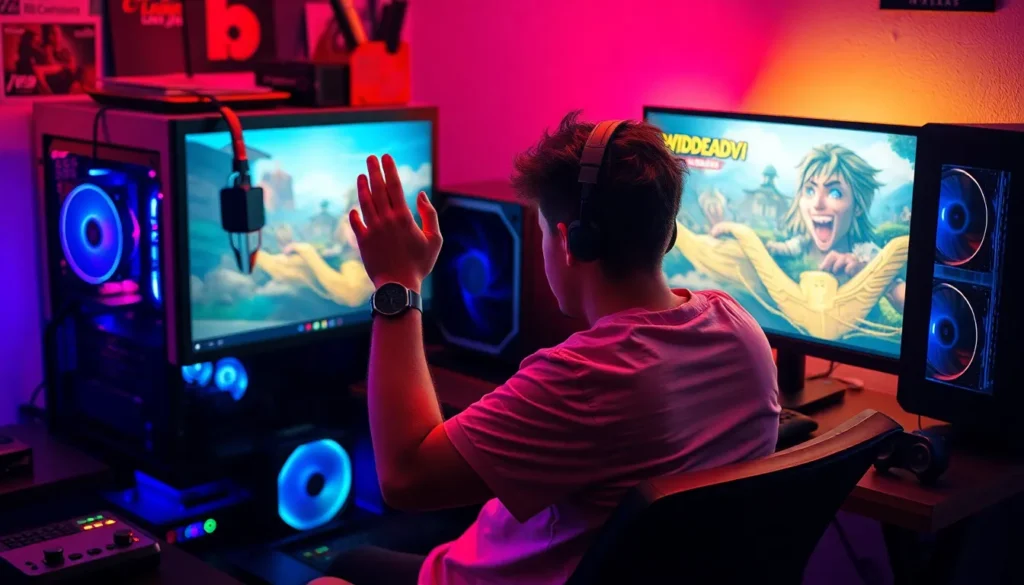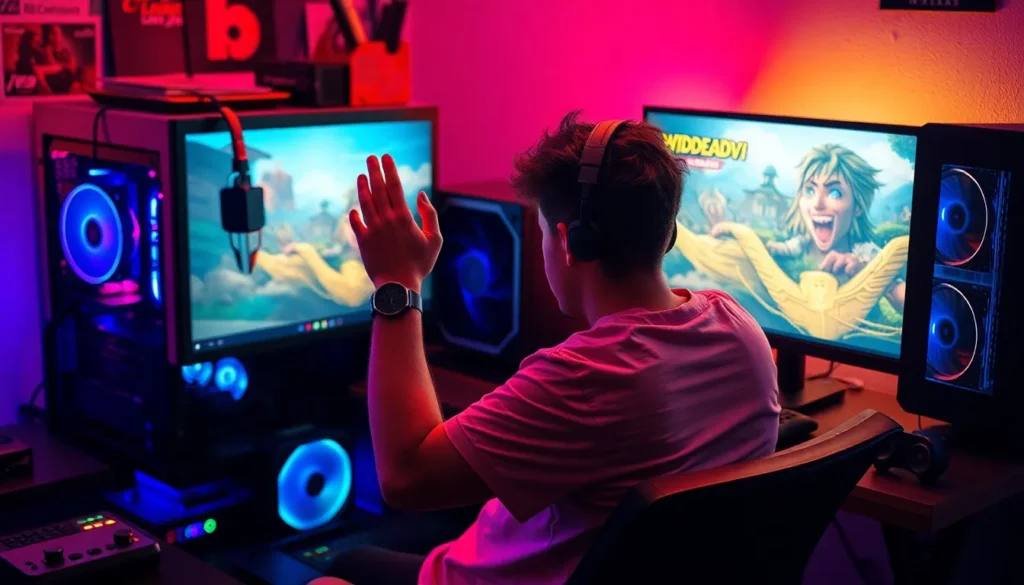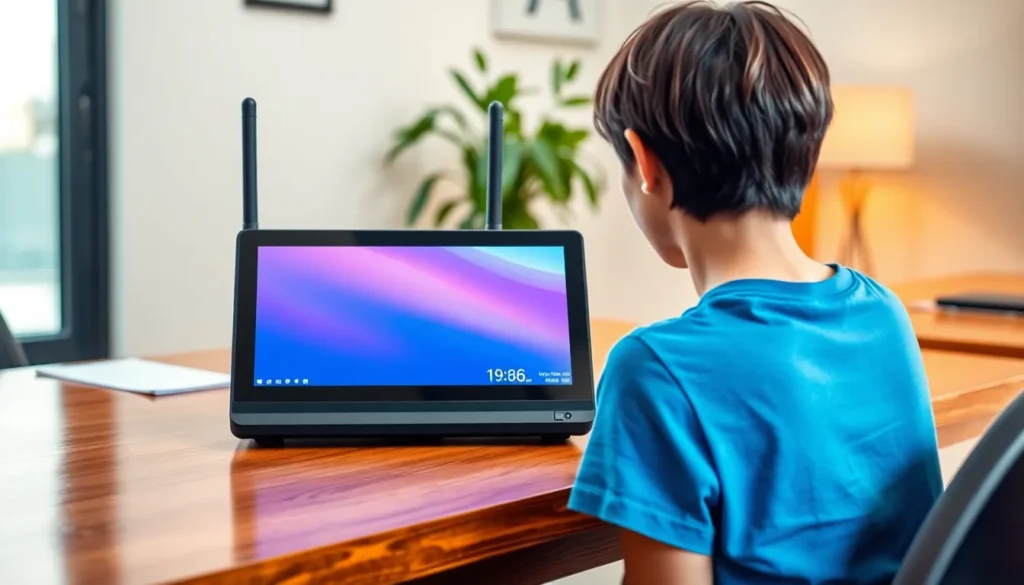In the world of resin printing, supports are the unsung heroes that keep prints from turning into abstract art. Imagine your carefully crafted masterpiece collapsing into a gooey puddle—nightmare fuel, right? That’s where the magic of resin print supports comes in. They’re like the trusty sidekick to your superhero print, ensuring it stands tall and proud.
Table of Contents
ToggleUnderstanding Resin Print Supports
Resin print supports serve a vital function in the resin printing process. They stabilize prints during production, preventing failures and ensuring high-quality outcomes.
What Are Resin Print Supports?
Resin print supports are structures added to models during the printing process. These elements provide necessary support to overhanging features and delicate parts. Designers typically create supports from the same material used for the print, enhancing cohesion. Often, they appear as thin columns or shapes that connect the main model to the build platform. These supports are easily removed after printing, leaving a clean finish.
Importance of Supports in Resin Printing
Supports in resin printing are essential for maintaining print integrity. They prevent model collapse and distortion during the curing process. Additionally, supports enable the printing of complex geometries that would otherwise be impractical. Effective support placement increases the likelihood of successful prints, reducing waste. Optimizing supports minimizes surface imperfections and improves overall aesthetics, contributing to the final product’s quality.
Types of Resin Print Supports
Resin print supports come in various forms to enhance the printing process and support models effectively.
Standard Supports
Standard supports serve as a common choice in resin printing. These structures typically consist of vertically aligned columns connecting the model to the build platform. Stability remains their primary purpose, as they prevent overhangs from sagging or collapsing during the print. Often, designers use automatic support generation features in slicing software to establish standard supports quickly. Standard supports generally exhibit a simple design, making them easy to remove post-printing. They bond well with the resin, ensuring that they don’t compromise the integrity of the model throughout the printing process.
Custom Supports
Custom supports allow for tailored solutions to specific print challenges. Designers create these supports based on the unique geometry of a model. Custom supports often vary in thickness, height, and placement to accommodate intricate details and delicate features. Flexibility in design helps mitigate specific issues that standard supports might not resolve effectively. Users can place custom supports strategically in more complex areas, enhancing the overall print quality. By optimizing support placement, they contribute to reducing material waste and improving surface finish, ultimately leading to superior print results.
How to Design Effective Resin Print Supports
Designing effective resin print supports enhances print success and quality. Utilizing the right tools and considering strategic placement significantly improves outcomes.
Software Tools for Support Design
Numerous software tools assist in support design, providing essential features for effective modeling. Popular choices include Chitubox, Lychee Slicer, and Formware. Each of these applications offers automated support generation, enabling users to customize settings for optimum results. Many programs also provide visualization tools to preview supports before printing. Users can adjust thickness and placement for better accommodation of complex geometries. By leveraging these tools, designers enhance support efficiency and reduce material waste.
Key Considerations for Support Placement
Choosing the right placement for supports directly impacts print quality. Consider the model’s overhangs and delicate features—supports should connect to areas where strength is crucial. Designers often aim for minimal contact points to facilitate easier removal and preserve surface finish. Balancing support density with print stability remains vital. Proximity to the build plate helps secure the model, while maintaining accessibility for post-processing. Evaluating these factors leads to superior prints and improved aesthetics.
Common Issues with Resin Print Supports
Resin prints can encounter a couple of common issues related to support structures. Understanding these problems helps in achieving better print quality.
Over-Supported Prints
Over-supporting prints leads to additional material usage and longer post-processing times. Excessive supports can create unwanted surface blemishes, impacting the final finish. When too many supports are present, it’s often difficult to remove them cleanly, resulting in damage to the model. Moreover, excessive contact points cause imperfections where supports touch the model. Strategic support design focuses on minimizing the number of supports while still providing stability. Evaluating the model geometry aids in deciding where supports are truly necessary.
Under-Supported Prints
Under-supported prints frequently suffer from collapse and distortion during the printing process. Insufficient supports can cause overhangs to sag, ruining the intended design. Problems often manifest in complex geometries, where fragile details require adequate support. Lack of support leads to failed prints, which consumes time and material resources. Accurate assessment of model features allows for thoughtful support placement. Properly supporting an under-supported print ensures successful builds and enhances overall aesthetic quality.
Resin print supports play an indispensable role in achieving high-quality prints. By strategically placing supports, users can enhance the stability of their models and reduce the risk of failures. The balance between standard and custom supports allows for tailored solutions that meet the specific needs of intricate designs.
Utilizing the right software tools for support generation further streamlines the process, ensuring optimal results while minimizing waste. Ultimately, effective support design not only improves print integrity but also elevates the final aesthetic quality. Embracing these practices leads to successful resin printing experiences that meet both functional and artistic goals.





